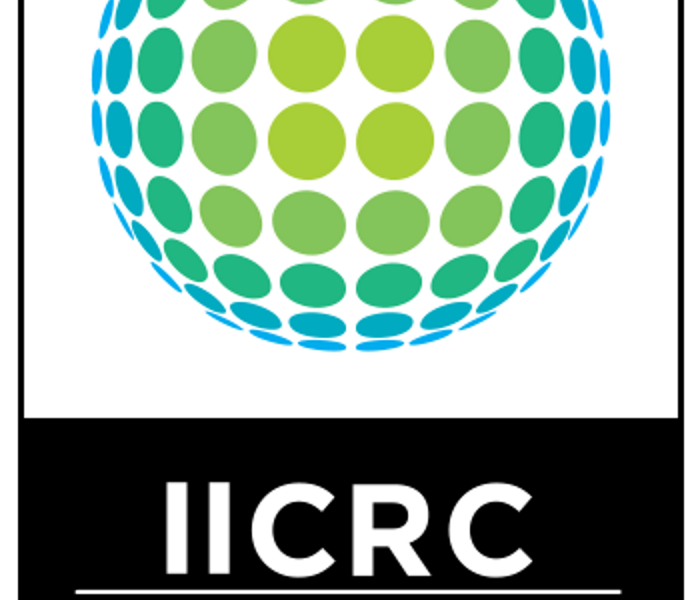The difference between flood and sewage clean-up
7/5/2016 (Permalink)
This is a great description straight from the Institute of Inspection Cleaning and Restoration Certification (IICRC) website:
"Water damage can be deceptive. Water penetrates into structural cavities creating trapped pockets of saturation. The detection of water in these areas can often only be discovered with sophisticated moisture detection meters. Undetected moisture will continue to cause damage. This damage, at a minimum, will cause odors. Greater damage will surface when materials delaminate, shrink, split and further deteriorate to where costly repairs are required.
More than just removing excess water, IICRC-certified restorers have the knowledge and equipment to further dry a home or facility (including substructure materials) completely back to pre-loss conditions. Through timely response and the careful monitoring of water damage, mold and other health issues can be prevented. If water damage has been present too long, mold will occur."
It is also important to determine the source so that an appropriate response can be applied. Many times the response can be shaped by determining the source of the intrusion. If the source of the damage is from a flood or other clean water source the response may be much less destructive and more materials will be able to be saved. However, if the source is determined to be a contaminated source such as a sewage back up, even if the water appears clean and clear it is often times still very much contaminated as well.
"Sewage is one of the most dangerous substances to enter homes or buildings. It contains fungi, bacteria and viruses, many of which are disease-causing. Unfortunately, many people fail to understand the hazards that sewage presents, particularly for the very young or very old, or for those with compromised immune systems or respiratory problems.
The IICRC complied guidelines for professional sewage clean-up called the Standard for Water Damage Restoration (S500)."
Once you have determined the source a response can be chosen. The response generally falls under 2 different categories: Flood clean-up or Sweage clean-up.
Below are some tips suggested by the IICRC for Water Clean-up:
- Act quickly
- The severity of damage escalates the longer water sits and building components and contents stay wet, so time is of the essence in the aftermath of a flood. In fact, mold will grow within 48-72 hours, so aim to start removing water and drying the environment within 48 hours.
- Have a list of professionals on hand to call, and understand your insurance policy, as some only cover mold damage up to a certain amount, while others don’t provide any reimbursement for mold.
- Ventilate affected areas to prevent mold growth
- Mold loves moisture and organic materials such as paper or particleboard. In order to mitigate or slow damage, open windows if weather permits and place fans inside of them to keep air moving and maintain moderate temperatures. Work toward the fan as you clean to minimize cross contamination.
- Assess damage to items and materials
- Assess the type of water absorbed by items, such as rainwater, water from broken pipes, contaminated river water or bacteria-filled sewage.
- There are ways to salvage specialty items but the decision on whether to save or trash an item will vary depending on the dollar and sentimental value to the owner.
- It may not be worthwhile to salvage drywall, carpets and pads, mattresses, pillows, box springs and particleboard. On the other hand, it might be worthwhile to restore costly Persian rugs, leather couches and antiques or heirlooms. Wet clothing and many household fabrics may be salvageable through machine washing, and a 10-minute soak in detergent and hot water, to remove contamination and stains.
- The IICRC strongly recommends that in water damages where there are contaminants present (e.g., bacteria, sewage, mold) or where small children or immune-compromised individuals are present that an inspection be conducted by an appropriately trained restorer and remediator.
- Expose pockets of saturation
- Hidden and concealed pockets of saturation need to be opened for cleaning and drying.
- Layers between building materials hold water that must be discovered and removed or dried.
- On walls, find the water line and inspect at least a foot beyond it to make sure all damage, wet materials and mold are discovered. Remove and discard the damaged drywall and wet wall insulation.
- Wood base trim and hardwood can also be saved with the right equipment and the right circumstances if they can be accessed and completely dried on both sides.
- Remember to investigate concealed cavities such as behind walls, in mechanical spaces, under cabinets and furniture, and in crawl spaces.
- Conduct a thorough cleaning
- Durable, nonporous or semi-porous materials, such as studs and joists, hardwood flooring and vinyl products, can usually be cleaned with common cleaning products or specialized products with detergents.
- During cleaning, take care to protect areas that are unaffected by the water or mold.
- After a thorough cleaning of salvageable materials, a disinfectant solution may need to be applied in case of harmful bacteria from sewage, river water debris or even standing water that has gone bad.
- Professionals like water restoration and mold remediation contractors and indoor environmental professionals can help you decide what is best for your situation.
- Once you’ve cleaned the wet materials, conduct another round of cleaning. If you choose to vacuum, use a HEPA-filter vacuum to remove allergens, fine dust and spores.
- Confirm drying before reconstruction
- In order to prevent dry rot and structural damage, it’s important not to reconstruct or cover wood and other wet materials until the moisture content has been adequately reduced. A water restoration professional can confirm proper drying before reconstruction.





 24/7 Emergency Service
24/7 Emergency Service